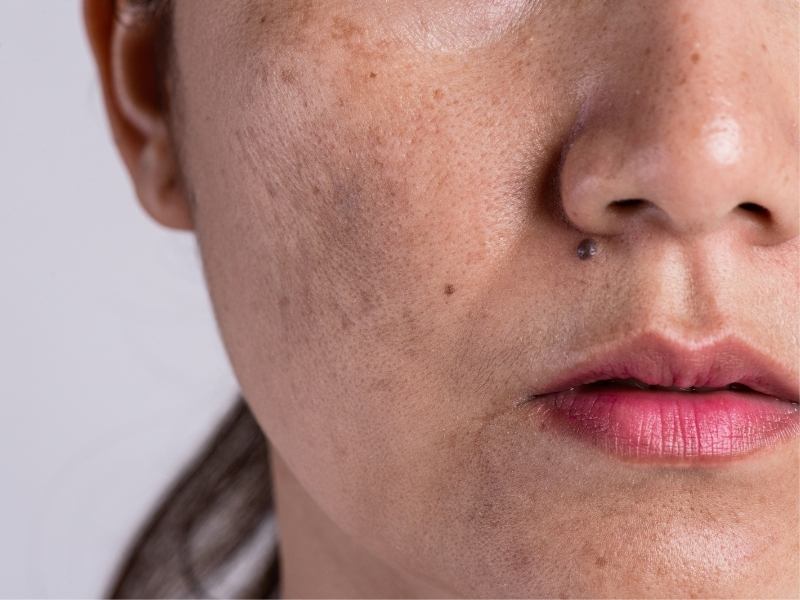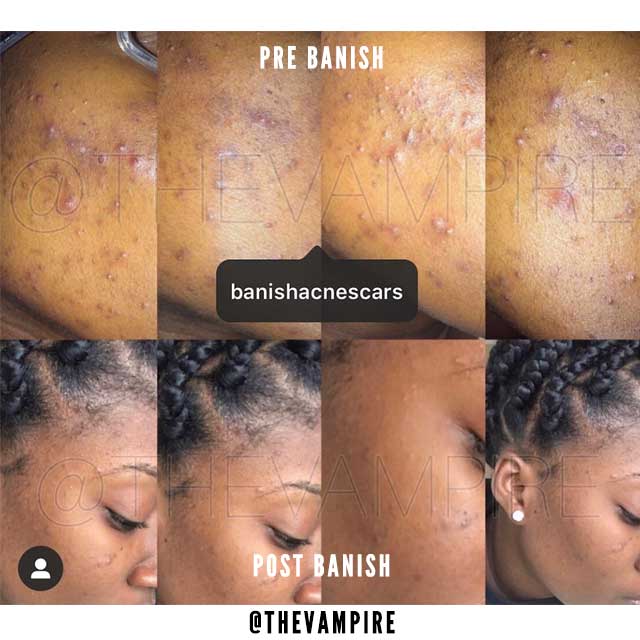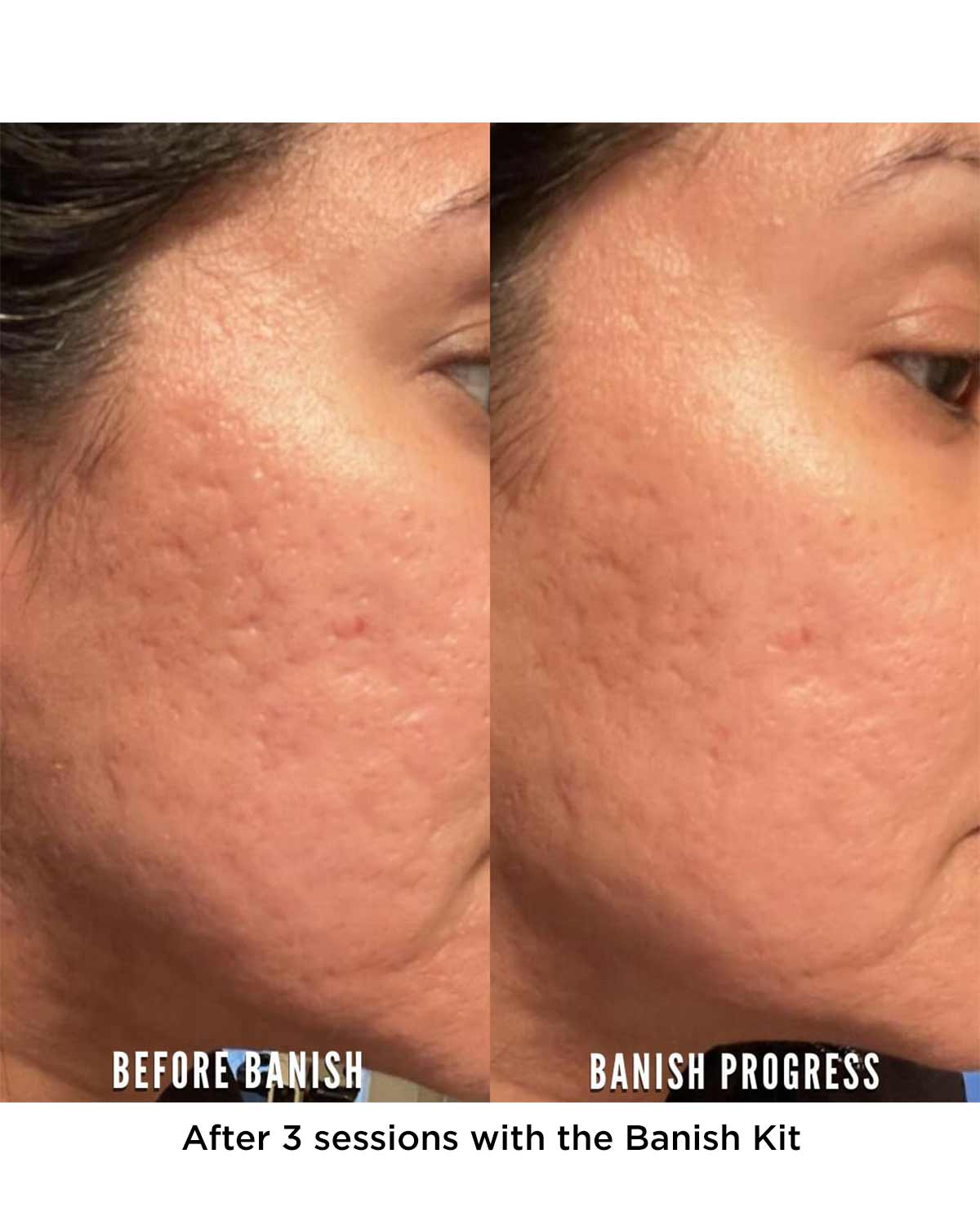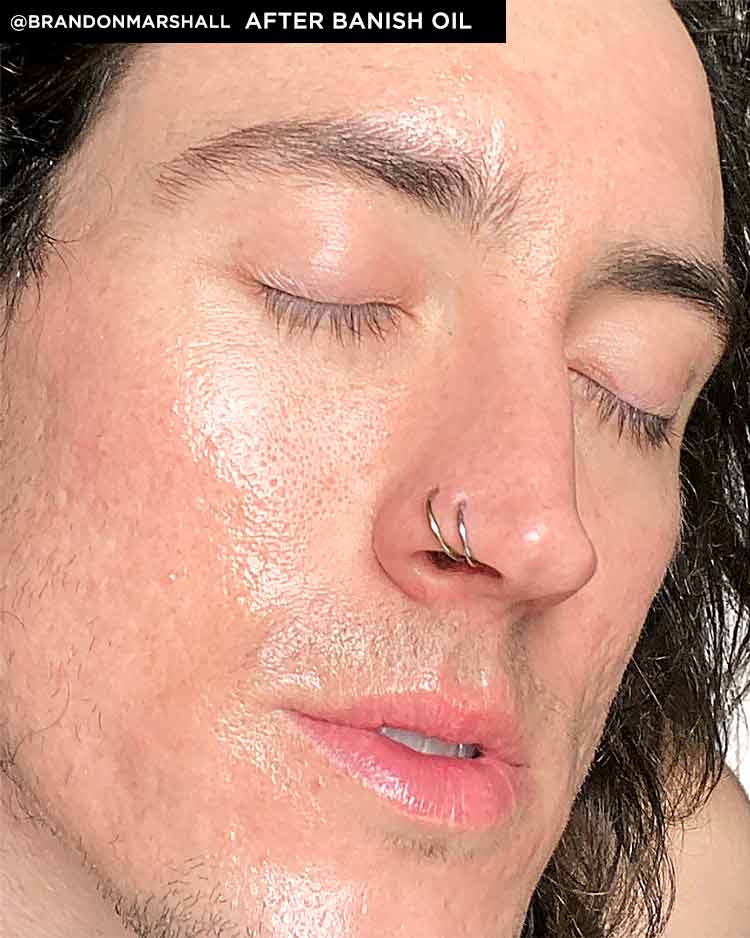Melasma, often called the "mask of pregnancy," is a common skin condition that can be incredibly frustrating.
If you've ever noticed dark, discolored patches on your face or other sun-exposed areas, you might be dealing with melasma. But don't worry, you're not alone, and there are effective ways to manage it!
What is Melasma?
Melasma is a common skin condition characterized by patches of discoloration, typically brown or grayish-brown, that appear on the face, forearms, and neck. It's often referred to as the "mask of pregnancy" because it frequently affects pregnant women, but it can impact anyone.
What Causes Melasma?
Melasma occurs when melanocytes, the cells responsible for producing skin pigment (melanin), go into overdrive. This overproduction leads to the characteristic dark patches.
Several factors can trigger or worsen melasma:
- Sun Exposure: UV radiation is a primary culprit, stimulating melanin production. Even small amounts of sun exposure can trigger melasma or make existing patches darker.
- Hormonal Changes: Fluctuations in hormones, often seen during pregnancy, with birth control pill use, or during hormone replacement therapy, are significant contributors.
- Genetics: If your family members have melasma, you're more likely to develop it.
- Skin Inflammation: Certain skin care products, harsh treatments, or excessive heat can cause inflammation, which in turn can stimulate melanin production.
Who Gets Melasma? The Statistics
While melasma can affect anyone, it's significantly more common in women, particularly those with darker skin tones. Here are some statistics:
- Melasma affects an estimated 5 million people in the United States alone. Globally, its prevalence can range from 1.5% to as high as 33% in certain populations [1].
- Approximately 90% of melasma cases occur in women [1].
- Between 15% and 50% of pregnant women experience melasma, often referred to as chloasma [2].
- Individuals with Fitzpatrick skin types III-VI (those who tan easily and rarely burn) are more susceptible to melasma. This includes people of Hispanic, Asian, Indian, Middle Eastern, and African descent [3].
My Journey with Melasma: A First-Hand Account
"I remember the day I first noticed it. A faint, brownish patch on my forehead, just above my eyebrow. I dismissed it at first, thinking it was just a tan line. But then it spread, across my forehead and cheeks, forming what felt like a permanent shadow on my face. I was in my early 30s, and suddenly, I felt self-conscious every time I looked in the mirror.
It was during my first pregnancy that the melasma truly blossomed. The "mask of pregnancy" became a very real, very visible part of my daily life. Nothing seemed to make a difference and it felt the years where I battled with acne in my childhood and early adult life.
I learned the importance of consistent sun protection and It wasn't an overnight fix, but slowly, gradually, I started to see a difference after using ingredients like vitamin c, transexanic acid and sunscreen daily."
Effective Strategies for Managing Melasma
Managing melasma requires a multi-faceted approach, combining sun protection with targeted skincare. Patience and consistency are key!
1. Sun Protection: Your First Line of Defense
Sunscreen is your best friend when it comes to melasma. Even on cloudy days, UV rays can penetrate and trigger melanin production. Look for:
- Broad-spectrum sunscreen: Protects against both UVA and UVB rays.
- SPF 30 or higher: Apply generously and reapply every two hours, or more often if swimming or sweating.
- Mineral sunscreens: Containing zinc oxide or titanium dioxide, these are often preferred for melasma sufferers as they create a physical barrier against the sun and are less likely to cause irritation or heat on the skin compared to some chemical sunscreens.
- Protective clothing:Wide-brimmed hats and sunglasses offer additional protection.
2. Skincare Ingredients
Incorporating specific ingredients into your routine can help fade existing melasma and prevent new patches from forming. Remember, a gentle approach is best to avoid further inflammation.
- Vitamin C: A powerful antioxidant that brightens skin, inhibits melanin production, and can even boost the effectiveness of your sunscreen [4].
- Azelaic Acid: Helps to reduce inflammation and inhibit melanin production. It's generally well-tolerated and effective.
- Tranexamic Acid: This ingredient has gained significant attention for its ability to reduce hyperpigmentation, including melasma, by interfering with the melanin production pathway. Studies show promising results [5].
- Niacinamide (Vitamin B3): Helps to reduce the transfer of melanin to skin cells, improving overall skin tone.
3. Home Microneedling
Home microneedling can be great supplementary treatment for melasma, as it can enhance the absorption of topicals applied aftrewards, and stimulate collagen production. However, it's crucial to use the appropriate device (typically with shorter needles, 0.5mm or less) to avoid exacerbating melasma or causing excess irritation that could increase melasma. For a comprehensive guide on safe home microneedling practices, refer to our Complete Guide to Microneedling at Home.
Recommended home microneedling device: Banish Kit 3.0
4. Professional Treatments (When Needed)
For stubborn cases where home treatments aren't working for you, a dermatologist can offer more intensive treatments:
- Prescription Creams: Hydroquinone is a common prescription ingredient that effectively lightens dark spots. It should be used under medical supervision.
-
Laser and Light Therapies: While some lasers can be effective, they must be used with extreme caution for melasma, as improper use can sometimes worsen the condition. Always consult with a dermatologist who has experience in treating melasma.
Living with Melasma: Patience and Persistence
Melasma can be a challenging condition, but with a consistent and tailored approach, significant improvement is possible. By protecting your skin from the sun, incorporating skincare ingredients, trying home microneedling, you can effectively manage melasma and get your skin back on track to looking more even toned.
References
[1] American Academy of Dermatology. (n.d.). Melasma. Retrieved from https://www.aad.org/
[2] Cleveland Clinic. (2020, July 27). Melasma: Treatment, Causes & Prevention. Retrieved from https://my.clevelandclinic.org/health/diseases/21454-melasma
[3] Journal of Clinical and Aesthetic Dermatology. (n.d.). Melasma Archives. Retrieved from https://jcadonline.com/areas-of-interest/melasma/
[4] Journal of Clinical and Aesthetic Dermatology. (n.d.). Combination Topical Tranexamic Acid and Vitamin C for the Treatment of Refractory Melasma*. Retrieved from https://jcadonline.com/tranexamic-acid-vitamin-c-melasma/
[5] Journal of Cutaneous and Aesthetic Surgery. (n.d.). Topical Tranexamic acid as a promising treatment for melasma. Retrieved from https://www.ncbi.nlm.nih.gov/pmc/articles/PMC4235096/



























Leave a comment
All comments are moderated before being published.
This site is protected by hCaptcha and the hCaptcha Privacy Policy and Terms of Service apply.